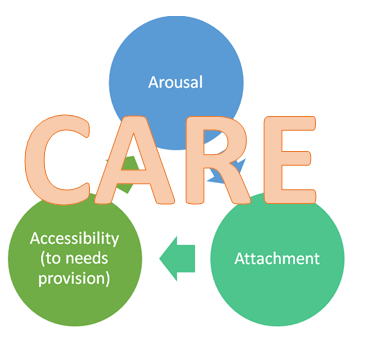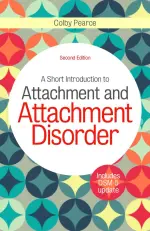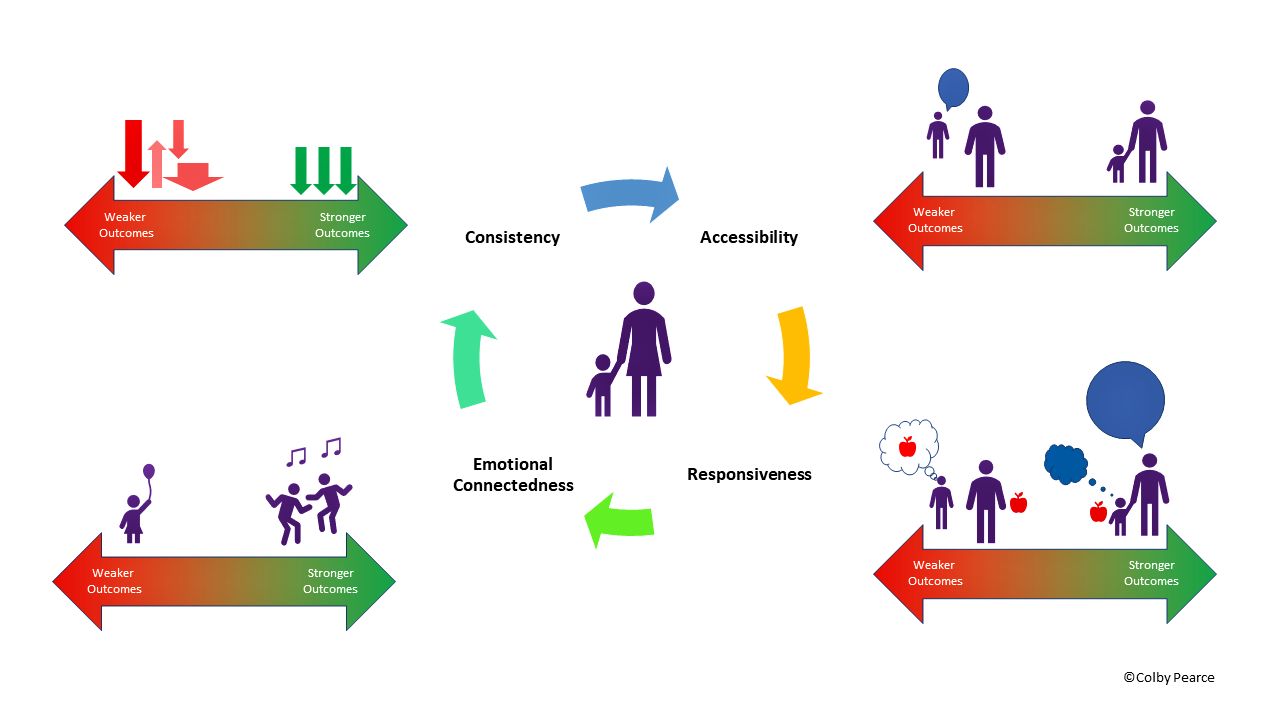This short article is a follow-up to my previous articles:
Taming Tantrums; Managing Meltdowns: Part One
Taming Tantrums; Managing Meltdowns Part Two
I recommend that you read the above articles in conjunction with this one.
Hereafter, please find eight strategies to keep in mind when responding to a a tantrum exhibited by a child in your care. These are meant to be received as practical first steps. For readers who are very familiar with my work via my books or attending training I have delivered, you may be in a position to try managing tantrums through direct verbal communication with the overwhelmed child. In the meantime (or you are not as familiar with my work), what follows are a good place to start.
1. Keep (relatively) Calm (Hard to do, but models emotional control. I recommend holding in mind that the child is feeling overwhelmed and needs your help, as opposed to that they are being deliberately difficult. Also, keep in mind that showing a little of your own distress at the child’s distress, and then self-regulating to calm, facilitates a normal process whereby an emotional connection is established between you and the child and, as you self-regulate to calm, the child will be helped to regulate to calm via their emotional connection to you).
2. Be Present (Stay close by your child, but don’t interact with them – at this stage. Remaining close, but not too close, will reassure most children that you are available to help them).
3. Drape a heavy blanket across the child’s shoulders (it is soothing).
OR
4.Give the child something to suck or chew on (sucking and chewing are soothing).
OR
5. Put on some of the child’s favourite music (favoured music is calming).
OR
6. Put on a DVD the child likes (also calming).
7. Offer the child the opportunity to have a warm bath or shower.
8. Engage in interactive repair once the child is calm again (do a favoured activity together. This is important to reassure the child that they are still loved and that challenging behaviour and conflict does not mean the end of relationships).
I wish you well in giving these strategies a go. I am happy to receive constructive feedback in the comments for this article or via direct contact with me.
To access a PDF of the suggested strategies in this article, visit the resources page.
Please also subscribe to this blog to receive an email notification when other practical ideas and guidance is published.
You can access more information about my therapeutic parenting programs by clicking the links below:

Triple-A Model of Therapeutic Care
The CARE Therapeutic Framework
Helping Children and Young People Realise their Potential
Another place to connect with my work is to follow one or more of my pages on Facebook:
To Connect with me on LinkedIn or Twitter click below:








